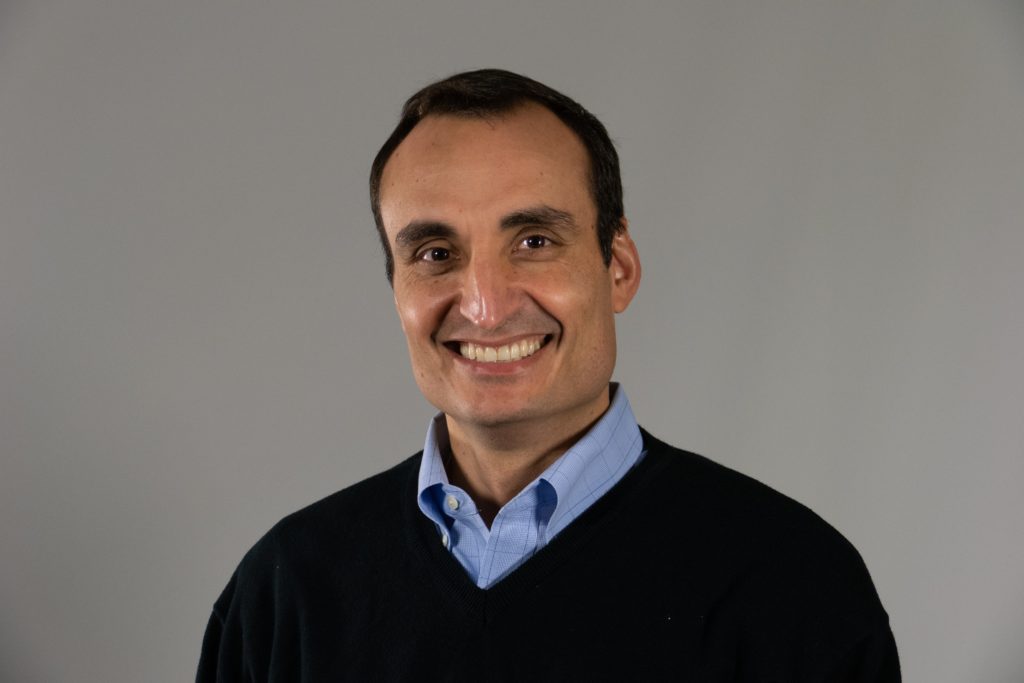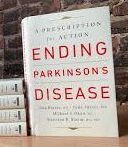 Background Information
Background Information
Dr. Ray Dorsey is David M. Levy Professor of Neurology and Director of the Center for Health + Technology at the University of Rochester Medical Center. Dr. Dorsey is helping investigate new treatments for movement disorders and improve the way care is delivered for individuals with Parkinson disease and other neurological disorders. Using simple web-based video conferencing, he and his colleagues are seeking to provide care to individuals with Parkinson and neurological diseases anywhere that they live.
Dr. Dorsey previously directed the movement disorders division and neurology telemedicine at Johns Hopkins and worked as a consultant for McKinsey & Company. He completed his undergraduate studies at Stanford University, medical school at the University of Pennsylvania, and business school at the Wharton School.
Dr. Dorsey’s research has been published in the leading medical, neurology, and economic journals and has been featured on National Public Radio, The New York Times, and The Wall Street Journal. Collaborators include Johns Hopkins University, Pfizer, Teva, IBM, MC10, Apple, the Michael J. Fox Foundation, the West Health Institute, the Patient-Centered Outcomes Research Institute, and the National Institutes of Health.
Five Questions
How did you decide to become a neurologist, and especially a movement disorder specialist?
Both my parents are psychiatrists so I rebelled and became a neurologist. I really enjoy interacting with individuals with Parkinson’s disease and helping make them better.
What are the more significant challenges for treating patients who have Parkinson’s, and how do we best meet these challenges?
The number one priority in addressing a pandemic, whether it is COVID-19 or Parkinson’s, is to prevent the disease. We know many of the likely causes of Parkinson’s (e.g., certain pesticides, contaminated ground water, industrial solvents like trichloroethylene), but we still allow people to be exposed to them. We need to stop it. Otherwise, we are going to have wave after wave of Parkinson’s disease.
What gives you hope with respect to better Parkinson’s treatments and outcomes?
I think we are going to summon the will to prevent and end the disease. To a large extent Parkinson’s is a man-made disease. To the extent it is, humans can end it. As we discuss in the book, we have addressed polio, HIV, and breast cancer through widespread activism. We can do the same for Parkinson’s. That activism can also translate into additional resources to develop better measures of the disease so we can evaluate and identify new treatments faster.
What has surprised you most about working with those who have Parkinson’s?
I am surprised and upset by how many people with the disease have had exposure to pesticides or industrial chemicals tied to the disease. Farmers, mechanics, childhood exposure to pesticides sprayed in their neighborhoods, serving in Vietnam with Agent Orange, drinking well water, working near sites contaminated with chemicals linked to the disease, living in homes near these sites. The list goes on and on. They, their families, and their friends are paying a heavy price for these exposures. We need to stop these exposures and end the disease.
What wisdom would you offer someone wanting to know how best to live with this disease?
People with Parkinson’s can get better. Exercise and modest amounts of medication can make a huge difference for many. But the real gift that people with the disease can make is to prevent others from ever having to confront it. Those with HIV or those who suffered losses from drunk drivers have prevented millions of us from ever suffering their fates. We need to be the generation that ends Parkinsons’ disease.
A sixth question: Tell us about your new book with Michael Okun, Bas Bloem, and Todd Sherer, Ending Parkinson’s Disease: A Prescription for Action (Hachette, 2020).
Parkinson’s is the world’s fastest growing brain disease, even faster than Alzheimer’s. We sought to determine why, and after two years of investigating, we increasingly think that Parkinson’s is to a large extent, a man-made disease. In the book, we detail the products and by-products of the Industrial Revolution, including certain pesticides, industrial solvents like trichloroethylene, air pollution, and heavy metals. We also outline a “PACT” to Prevent, Advocate for additional resources, Care for all affected, and Treat the disease with novel therapies. The book is available for purchase and all the authors are devoting their proceeds to efforts to end the disease.

